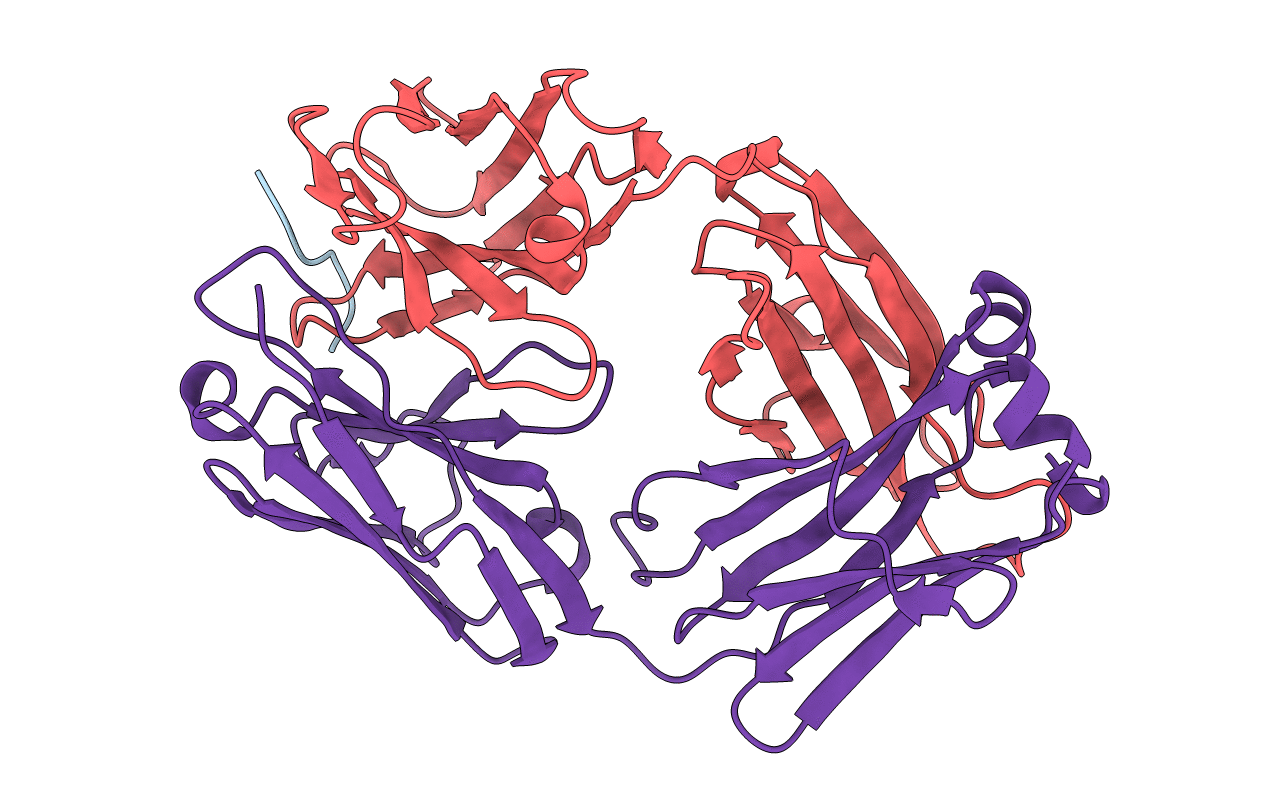
Deposition Date
2019-11-23
Release Date
2020-11-25
Last Version Date
2023-11-22
Entry Detail
PDB ID:
6LDX
Keywords:
Title:
Structure antibody E6 in complex with methylated peptide
Biological Source:
Source Organism:
Oryctolagus cuniculus (Taxon ID: 9986)
Homo sapiens (Taxon ID: 9606)
Homo sapiens (Taxon ID: 9606)
Host Organism:
Method Details:
Experimental Method:
Resolution:
1.80 Å
R-Value Free:
0.21
R-Value Work:
0.16
R-Value Observed:
0.17
Space Group:
P 41 21 2


